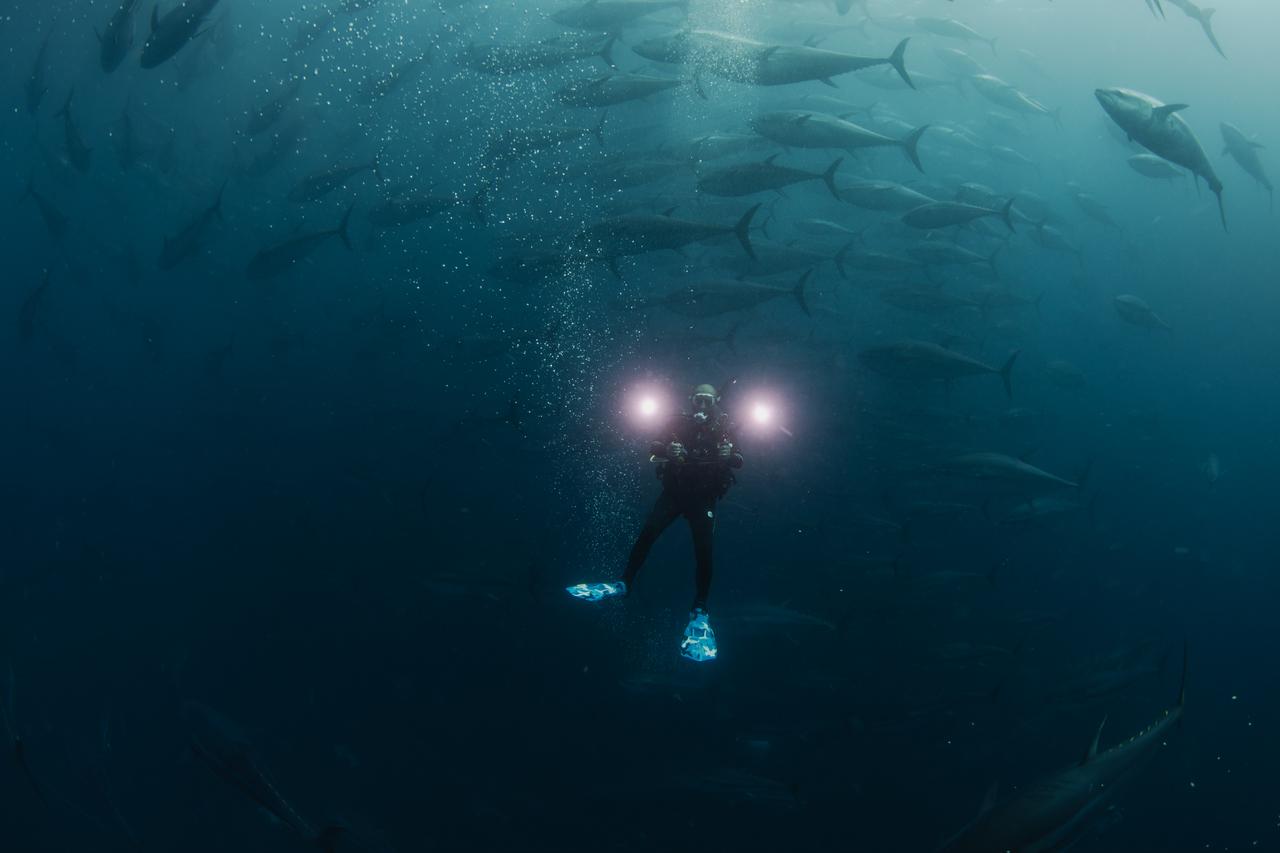
Sharks and rays are increasingly appearing in shallow coastal waters of the Sea of Marmara, with some species spotted at depths as shallow as 6 meters (19.6 feet), as oxygen depletion in deeper waters forces marine life to migrate toward shore.
The phenomenon reflects a broader environmental crisis affecting Türkiye's most populated region, where approximately 24 million people live in seven provinces bordering the Sea of Marmara, according to 2021 data from the Turkish Statistical Institute.
Dr. Hakan Kabasakal, cartilaginous fish consultant for WWF-Türkiye (World Wildlife Fund for Nature Türkiye), explained to the Turkish daily Hurriyet that the Sea of Marmara's semi-enclosed nature makes it particularly vulnerable to pollution.
Connected to the Black Sea and the Aegean Sea through two narrow straits, the sea receives daily waste from millions of residents in surrounding cities, including Istanbul.
"The Sea of Marmara is a semi-enclosed sea surrounded by cities where millions of people live, including our country's most populous city," Kabasakal said. "Every day, millions of people's domestic waste ends up in the Marmara."
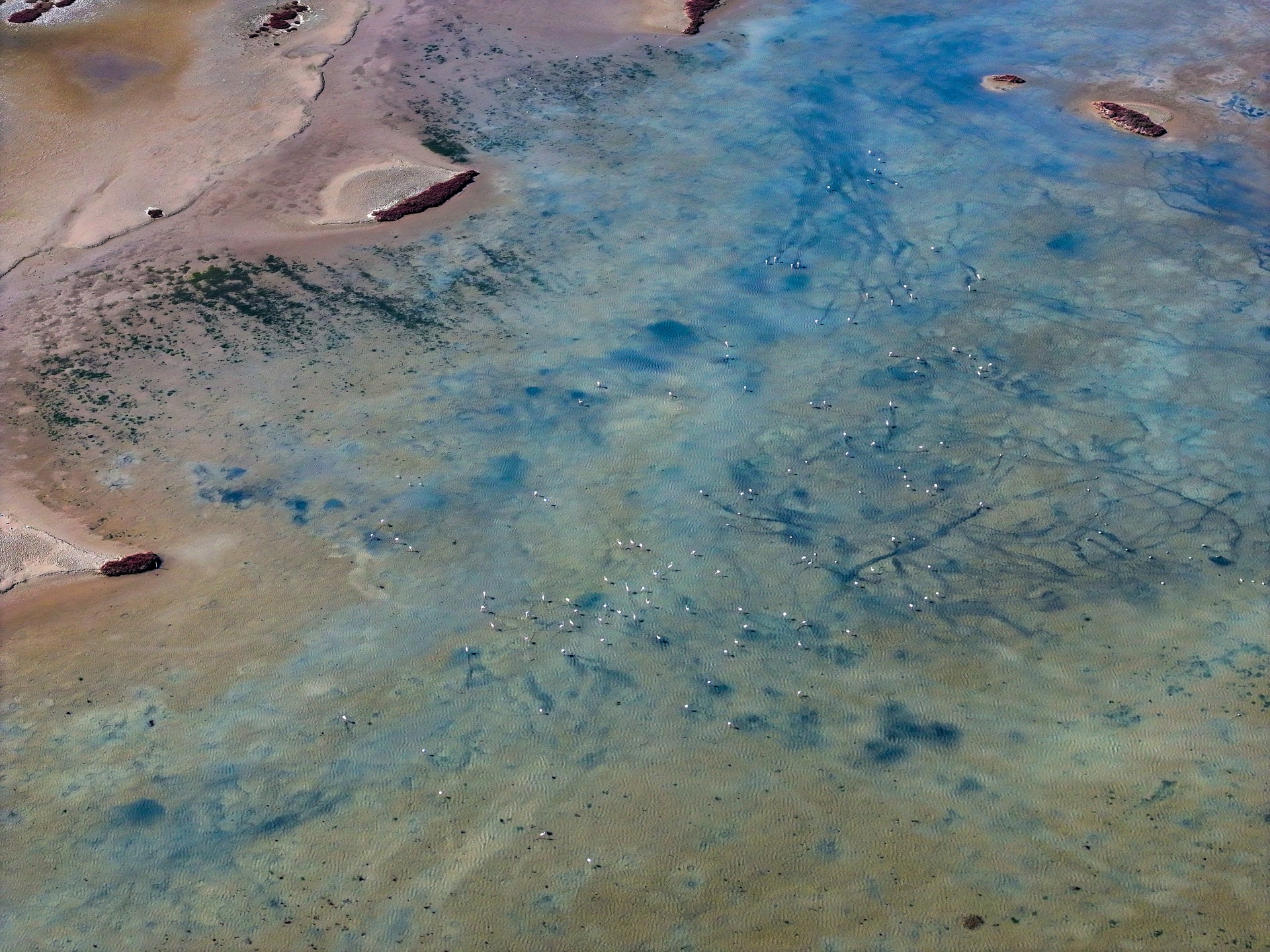
Industrial pollution from the heavily industrialized Gulf of Izmit, agricultural runoff containing pesticides and fertilizers, and pollutants from Eurasian rivers flowing through the Black Sea compound the problem.
The region's dense population and developed industry, along with agricultural and livestock activities, lead to increased water and energy consumption and consequently greater waste generation.
"In addition to cities, there is intense industrialization around Marmara, especially on the shores of the Gulf of Izmit," Kabasakal explained.
"Also, waters containing agricultural chemicals and fertilizers that mix into streams from agricultural areas around the streams flowing into Marmara eventually mix into Marmara."
The sea also receives pollutants from rivers carrying industrial and agricultural waste from across Eurasia through the Black Sea connection.
These human-caused, or anthropogenic, polluting elements have created a cumulative environmental burden that the semi-enclosed sea cannot adequately process.
A 2022 study published in the journal City and Society reported that approximately 5.5 million cubic meters of wastewater are discharged into the Sea of Marmara daily.
This 40-year pattern of terrestrial pollution has created widespread hypoxia—conditions where seawater contains less than 2 milligrams of oxygen per liter—in the sea's bottom waters.
The Sea of Marmara has been monitored for years through various state-supported projects by Istanbul University's Faculty of Aquatic Sciences, the same university's Institute of Marine Sciences and Management, and Middle East Technical University's Institute of Marine Sciences.
These institutions have tracked dissolved oxygen values from the surface to the deepest regions, including the Cinarcik Depression at approximately 1,390 meters depth.
In some areas, complete oxygen depletion, known as anoxia, has begun to occur. Measurements taken in February 2024 showed anoxic conditions extending to depths as shallow as 375 meters in the eastern Marmara, a depth considered relatively shallow for such severe oxygen depletion.
"In Eastern Marmara, this situation starts from the shallow areas of the seabed that we call the continental shelf, where the depth extends up to 200 meters at most," Kabasakal said, describing how hypoxia has become widespread in the sea's bottom waters.
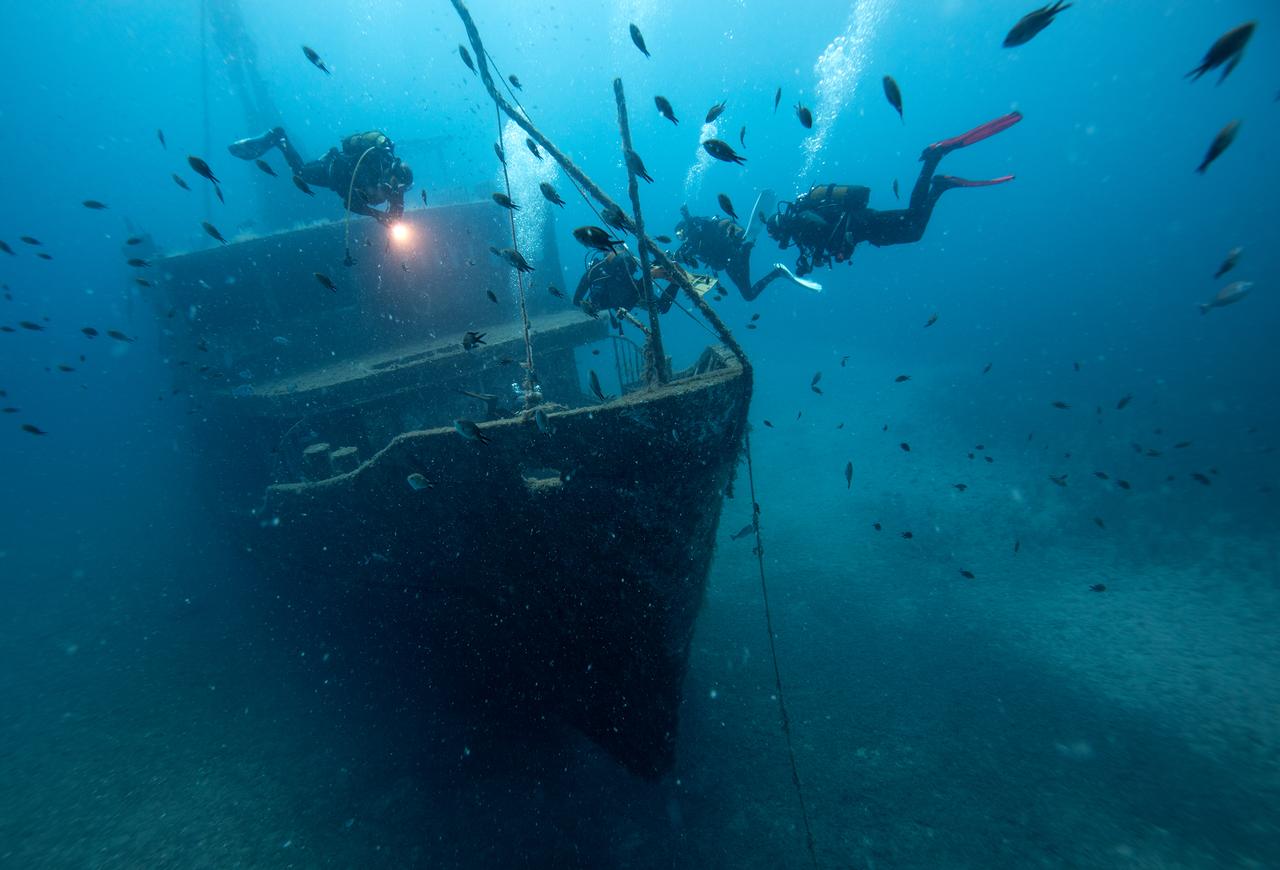
The oxygen crisis has dramatically reduced marine biodiversity. While the Sea of Marmara historically supported 26 cartilaginous fish species—25 bottom-dwelling (demersal) and one open-water (pelagic) species—current conditions in the eastern Marmara have reduced that number to just 11 species.
"As of today, there are 26 species in the Sea of Marmara, 25 of which are demersal, that is, living at the bottom or near the bottom, and 1 pelagic, that is, living in the area between the surface and middle water without connection to the bottom," Kabasakal said.
The complete list of species includes scientific names such as Hexanchus griseus, Galeus melastomus, Scyliorhinus canicula, Scyliorhinus stellaris, Mustelus asterias, Mustelus mustelus, Mustelus punctulatus, and Galeorhinus galeus, among others.
However, deteriorating environmental conditions have severely restricted this diversity.
"Due to deteriorating environmental conditions, especially deoxygenation in bottom waters, we saw that the cartilaginous fish fauna in eastern Marmara declined to 11 species, and this situation confirms the emphasis that deterioration in environmental conditions, that is, marine pollution, is a very important factor that threatens the lives of cartilaginous fish and triggers the extinction crisis," Kabasakal said.
The surviving 11 species in eastern Marmara are Galeus melastomus, Scyliorhinus canicula, Mustelus mustelus, Oxynotus centrina, Squalus acanthias, Squalus blainville, Raja clavata, Raja miraletus, Dasyatis pastinaca, Dasyatis tortonesei, and Myliobatis aquila.
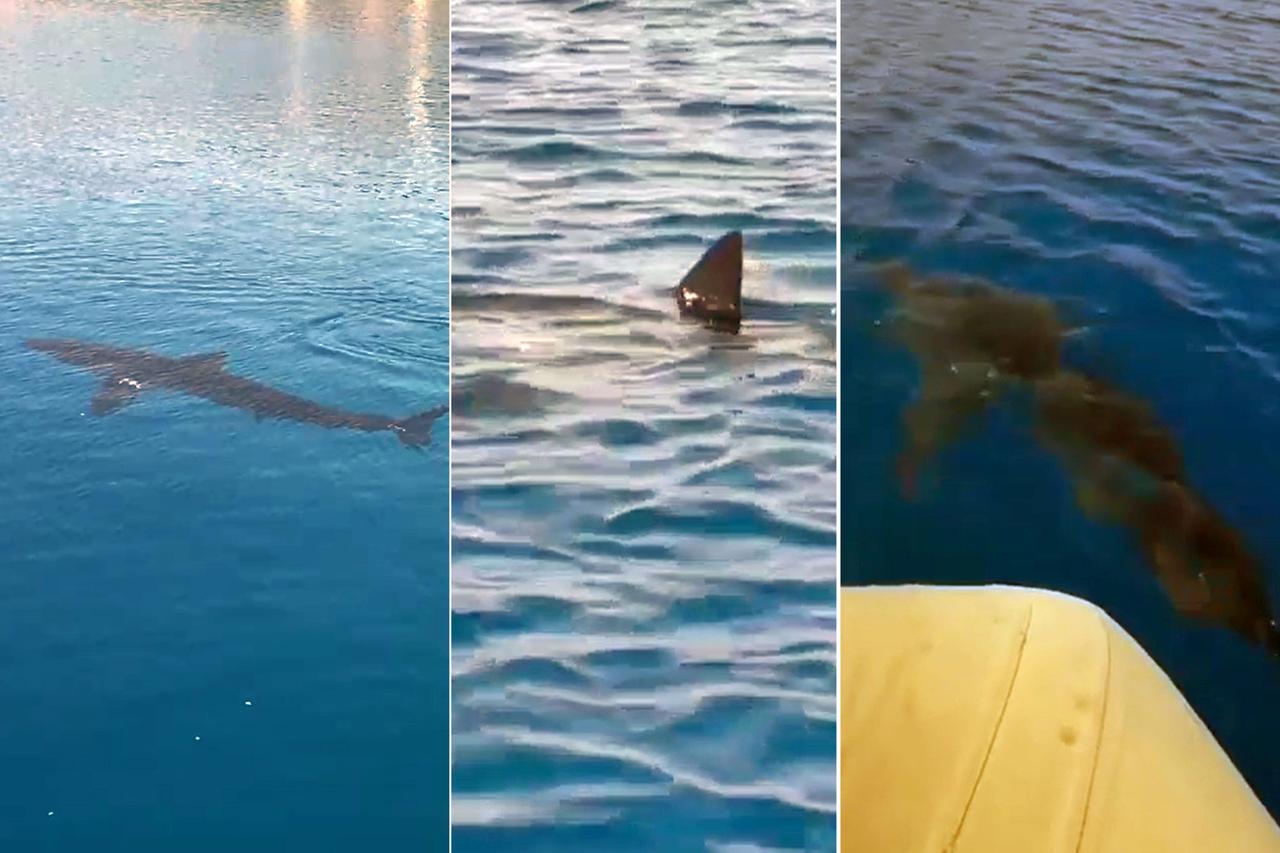
Two deep-water shark species that normally inhabit depths exceeding 200 meters and should be found in areas deeper than 1,000 meters in Marmara's deepest regions have been spotted in shallow continental shelf waters.
These species—Centrophorus uyato and Echinorhinus brucus—appeared several times in areas considered shallow for their typical habitat range.
"Under normal conditions, two shark species that live in waters deeper than 200 meters and should even be found in Marmara's regions exceeding 1,000 meters—Centrophorus uyato and Echinorhinus brucus—appeared several times in shallow areas of the continental shelf," Kabasakal said.
"However, we could not obtain these two species again after 2022."
The species most frequently observed in coastal waters were Mustelus mustelus, Squalus acanthias, Squalus blainville, Raja clavata, and Myliobatis aquila.
These populations peaked between 2019 and 2022 as they concentrated in the limited oxygen-rich shallow waters near the eastern Marmara coast.
Researchers have termed this phenomenon "vertical habitat compression," where species are forced to abandon their normal depth ranges due to uninhabitable conditions in deeper waters.
"We call this situation, which is basically caused by deoxygenation, 'vertical narrowing of living space,' and this is exactly what happened in Marmara," Kabasakal explained.
The crisis has eliminated apex predators from the Marmara ecosystem entirely. Blue sharks, which previously entered the sea as top predators, no longer appear in Marmara waters due to oxygen depletion. These sharks represent one of the Mediterranean's major pelagic predator shark species.
"Blue sharks are apex predators, meaning they are located at the upper levels of the food pyramid, protect ecosystem balance, and create the advantageous environment necessary for healthy species to consume existing resources by hunting sick and weak species in the environment," Kabasakal explained.
"Therefore, a healthy marine ecosystem can only continue with the presence of balancing apex predators."
Great white sharks, which historically followed tuna schools into the Marmara, disappeared after overfishing and pollution drove away their prey.
"In the past, great whites came to the Marmara by following crowded tuna herds. When tuna left the region due to overfishing, marine pollution, etc., great whites also withdrew from Marmara, "Kabasakal said.
While some might consider the absence of sharks from Marmara waters as making it "safer," the ecological consequences are severe.
"Okay, as of today, let's say Marmara is a shark-safe sea. But these species withdrew from here because environmental conditions deteriorated and their prey disappeared. Do you think this is good? When apex predators leave, mesopredators, that is, intermediate predators, meaning small sharks, remain, and their populations are rapidly declining too," Kabasakal noted.
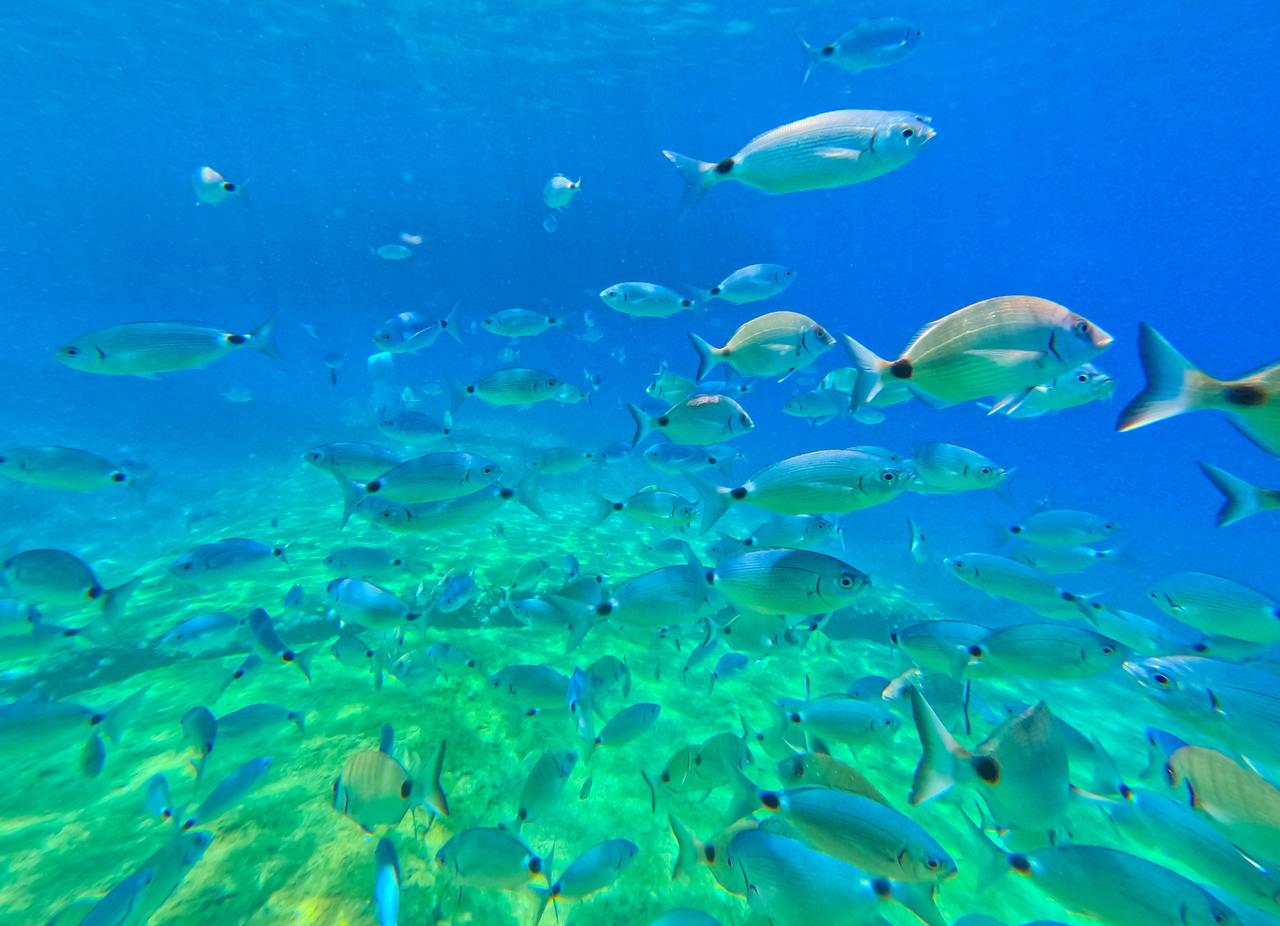
The loss of these apex predators disrupts the entire marine food web, as they serve as ecosystem regulators that maintain balance by removing sick and weak individuals from prey populations, ensuring that healthy species can access available resources more effectively.
Based on current evidence, the increased presence of deep-sea sharks on the continental shelf has led to higher bycatch rates in the Sea of Marmara, negatively affecting the survival of these sensitive species.
The uncertainty surrounding this ecological shift and its potential impact on commercial fishing operations remains difficult to predict.
Research indicates that if anthropogenic and terrestrial pollutant inputs were reduced by 40%, hypoxic conditions in the Sea of Marmara could be reversed within approximately six years.
However, even if oxygen levels return to normal, marine communities may not recover to pre-hypoxic conditions.
"Even if oxygen levels return to normal, there is a possibility that faunal colonization will not occur again as it was at pre-hypoxic levels," Kabasakal warned.
"For this reason, both scientific researchers and policymakers should determine Marmara-specific measures for the effective protection of sharks in the Sea of Marmara, especially by prioritizing the most threatened species."
Given the expected six-year timeline for the Marmara's deep waters to return to normal oxygen conditions, assuming everything proceeds favorably, these conservation measures represent an urgent priority that cannot be ignored.